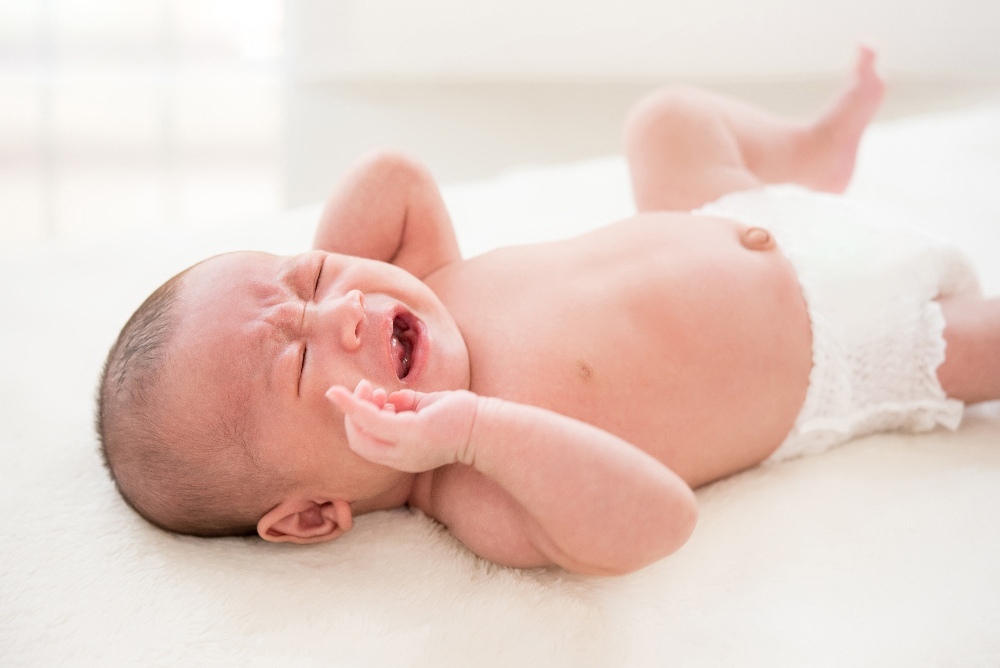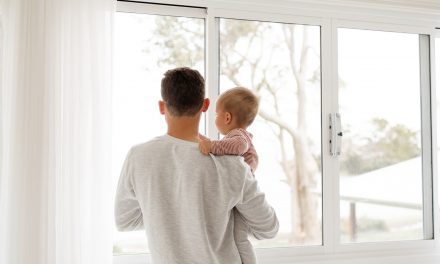You may ask, but why do we need to teach gratitude to kids? Doesn’t it come naturally? How is it helpful to society at large?
Answers to these questions will prove in making your children kind human beings and develop a better personality overall.
Our thoughts shape the world around us. Exhibiting appreciation and kindness helps in building stronger relationships. Gratitude creates a positive outlook to life which in turn not just affects our mental state of being but also physical being. We are stronger not just mentally but even physically. Yes, no kidding!
Does it come naturally? Yes, if we are surrounded by it. Don’t you feel stressed around people who are always complaining? There! You have the answer. Will your efforts pay off in the long run? Of course! Your kids will pass on the kindness that’s inbuilt in them. Imagine having decision-makers who desist war!
Now, let’s look at some ways to teach gratitude to kids who are the future.
Firstly, Show Gratitude Yourself To Teach Gratitude To Kids
You don’t need a paper and pen to teach the formula of gratefulness. All you need is a living example. Be the one! Exhibit gratitude daily because two little eyes are always watching you. Say ‘Thank you’ to your partners and friends. You can express your gratitude to different people regularly – the cleaner in your colony, the biller when you go shopping or the waiter during your restaurant trips. Doing it yourself is one of the most effective ways to teach gratitude to kids.
Speak About Gratitude Often
Treat your kids like grown-ups with all due respect. Discuss with your kids about being grateful for the good food you eat every day. Let them know what they are blessed with compared to others who don’t have expensive toys or vehicles. Despite being little, these sensitive minds will start thinking. Bring to light circumstances when your child is playing outdoors. Set out to teach gratitude to kids anywhere, at home, school, parks, or even malls. As a result of your actions, you will find them growing into fine, positive individuals.
Acknowledge Your Child’s Actions Always
If you have modelled being grateful and speaking about gratitude, you will be surprised your little one is going for it already. Pat your shoulder, but do not forget to acknowledge your child’s deed. Simple expressions for example – “Thank you for picking up your toys. Well done!”. “It’s wonderful to see you are speaking politely to the house-help. That’s good manners!” Encouragement works like an incentive for these tiny beings. For that reason, don’t miss out on any chance on letting them know you are aware that they are trying.
Delayed Gratification Teaches Gratitude To Kids
What is gratification, and what about its delay?
Your child has seen an advertisement for a new toy. They asked you for it. Have you added it to your cart the same day? That’s instant gratification. How often have you purchased toys or fancy stuff for your children without once reconsidering if it’s really needed?
Instead, you can delay fulfilling the want by explaining its necessity. You need not buy a new pack of crayons every month. After all, broken crayons still color the same. Sooner or later, you’ll see them appreciating every little thing they already have.
Books Which Teach Gratitude To Kids
Reading books with illustrations can leave a lasting impact on those little minds. Books can teach being grateful, and these sure will be your child’s favorite. Here are the names of a few of them.
- Thankful, by Eileen Spinelli
- The Thankful Book, by Todd Parr
- I’m Thankful Each Day!, by P.K Hallinan
Activities To Teach Gratitude To Kids
You don’t have to give a sermon to teach gratitude to kids. Gratitude is abstract, we agree. And can we have fun with abstract values? Yes, we can have fun along, too. Here are some ways you can do the same.
- You could make some posters about what you as a family have and are grateful for.
- Moreover, you could write thank you notes to grandparents and relatives/ friends for their visits and the gifts they bring.
- Pretend to play as a teacher and make the children thank you for exchanging books and toys.
- Sing a thank you song sometimes! You can find a lot of them on YouTube too.
Takeaway
In essence, you must teach gratitude to kids and make it one of the first values to be cultivated to develop positive thinking. Being grateful, in turn, also creates a healthy lifestyle, free from worries and remorse. A Happy Life is a Healthy Life. It’s a pleasant surprise that saying “Thank You” is much more than just the two words. Because it is the beginning of a happy and healthy life.
Also read: 9 Fun Activities For Toddlers That Help In Brain Development






